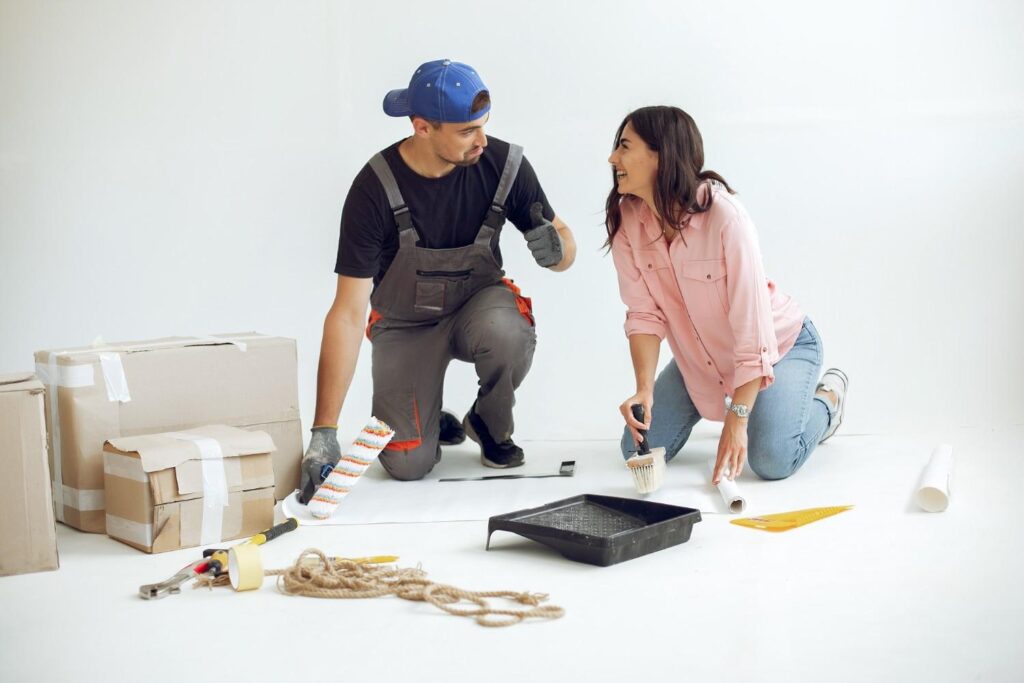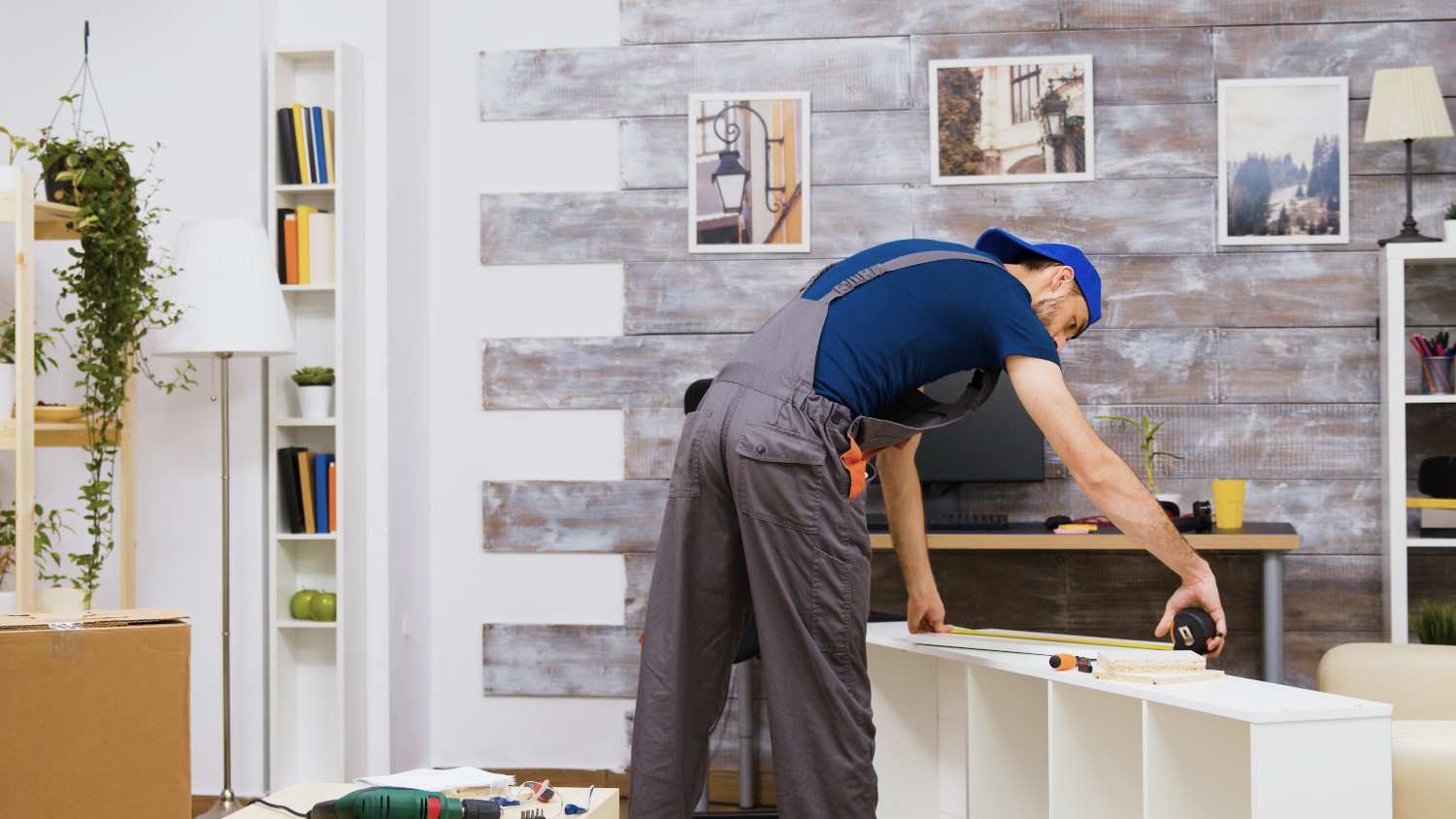Home renovation often conjures images of updated kitchens, spa-like bathrooms, or new flooring. Yet, an equally significant factor in the transformation of a home is one that might be overlooked by the untrained eye: the use of quality architectural hardware. These functional details are vital in pulling a room together, not merely as practical elements but as defining features of a home’s character and style.
Understanding Architectural Hardware
Architectural hardware refers to the metal components that are used throughout a building or space, including door handles, hinges, locks, and various accessories. Beyond functionality, these hardware elements contribute to the overall aesthetic and can significantly elevate the quality of a renovation project.
When embarking on home renovations, homeowners often focus their attention on larger ticket items. However, investing in high-quality architectural hardware can subtly enhance the space, imbuing it with a refined look while also ensuring longevity and consistent performance over time.
Detailing with Distinction

Choosing the right hardware is akin to selecting jewellery for an outfit—it can define a look and pull it together with cohesion and flair. In the realm of home renovation, the hardware serves as these vital accents, capable of accentuating the broader design scheme.
The variety of materials, finishes, and styles available allows for personalised expression in each room. From classical elegance to modern minimalism, the hardware can provide that much-needed finishing touch that completes a space, reflecting the inhabitants’ personalities and preferences.
Functional Foundation of Renovation
Architectural hardware may play a decorative role, but its foundational function is undeniably crucial. The durability and security of a home often hinge on the quality of its hardware. High-quality door handles, locks, and hinges not only ensure ease of use but also contribute to the overall safety of the dwelling.
When these elements are taken into account during the renovation process, homeowners can avoid frequent replacements and maintenance issues that may arise from lower quality alternatives. In the long term, investing in superior hardware is cost-effective and ensures the home operates smoothly.
Also Read: Luxury Container Homes
Considerations for Hardware Selection
Selecting appropriate architectural hardware during home renovations involves more than design continuity. One must consider the compatibility of new hardware with existing fixtures, the practicality of use for the residents, and how the chosen items will withstand daily wear and tear.
For example, an aging demographic may benefit from handles that are easier to grip, or families with small children might opt for rounded designs to reduce the risk of injury. Meanwhile, coastal homes must focus on materials resistant to corrosion and salt damage.
The Marriage of Function and Form

The ideal outcome in choosing hardware is achieving a balance between its practical use and aesthetic quality. For homeowners, this means not sacrificing one for the other. The industry has kept pace with this demand, offering products that are both pleasing in design and exemplary in their functionality.
Moreover, with the growing trend of smart homes and automation, architectural hardware has evolved to include options that seamlessly integrate technology, thus enhancing convenience without compromising style.
Impact on Resale Value
Though often underestimated, the choice of hardware can impact the marketability of a house. Prospective buyers are likely to take note of the details and quality of components such as handles and faucets. High-quality, well-maintained hardware suggests a home that has been cared for, which can influence the overall perception and, by extension, the resale value.
Customising to Personal Taste
For homeowners who seek uniqueness, the renovation process offers the opportunity to procure custom architectural hardware. Bespoke pieces can be crafted to match specific desires or to fit unusual measurements, ensuring that the homeowner’s vision is precisely executed.
This level of individualisation contributes to creating a home that is not just a living space but a reflection of personal taste and creativity, something that cannot be easily replicated elsewhere.
Renovation as Restoration

Historic home renovation presents a slightly different set of challenges when it comes to architectural hardware. The goal is often to restore rather than just renovate, which means finding period-appropriate hardware that captures the essence of the home’s original era. Fortunately, the market caters to this niche, providing reproductions that are both historically accurate and functional for modern-day use.
In these instances, the hardware acts as a bridge between the past and present, offering a functional homage to the home’s history while ensuring it can withstand present-day demands.
Also Read: Home Service Agreement Program
Conclusion
In conclusion, architectural hardware plays a significant but understated role in home renovation. The thoughtful selection and incorporation of these details can have a profound impact on the aesthetic appeal, functionality, and even the market value of a home. For those looking to elevate their space through renovation, considering the role of architectural hardware is not just a minor detail — it’s a fundamental aspect that can add depth, quality, and personality to their habitat.
As a tangible representation of both form and function, architectural hardware serves as the linchpin in a successful home renovation project, ensuring the end result is not only beautiful but constructed to last for many years to come.










